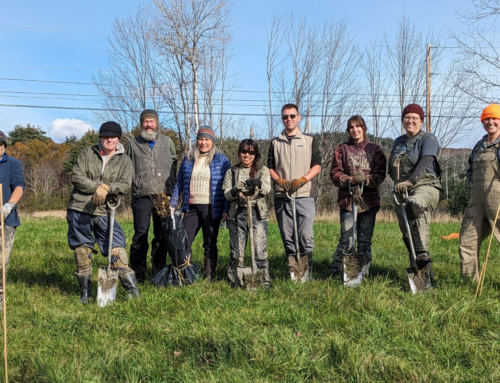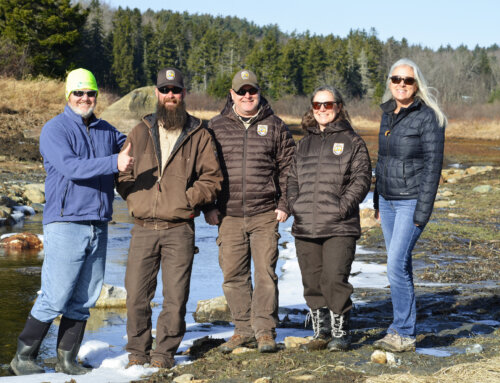Connecticut River Conservancy testimony to Senate Natural Resources and Energy on H.833
September 15, 2020
Kathy Urffer, River Steward
Dear Senator Bray and Members of the Committee:
Connecticut River Conservancy submits this testimony in support of H.833, a bill which would create a Surface Water Diversions and Transfers Study Group.
H.833 is a simple, non-controversial study bill that takes a critical first step in proactively addressing the long-term protection of the State’s precious surface waters.
Given the impacts of a changing climate and added developmental pressure on Vermont’s surface waters, over the coming years the citizens, businesses and critters that use and enjoy our surface waters may experience dire consequences related to the quantity and quality of surface water
availability. As evidenced by the state-wide drought this year, availability of Vermont’s water is at risk and the State is ill-prepared to confront the challenges ahead. Unlike many of our neighboring states, Vermont does not have laws in place that can comprehensively and effectively manage this rising problem. Currently, there is little to no knowledge of the volume of surface water withdrawals in Vermont and the existing regulations fail to specifically address surface water diversions.
In the face of a changing climate and developmental pressure, this lack of knowledge and oversight will have a significant impact on the future wellbeing of Vermont’s waters and in-stream flows, not to mention the reliability of water for our business, agricultural, and recreational economies which are supported by our free flowing rivers.
Increases in demand for scarce water may also lead to additional requests for interbasin transfers, where water is moved from one watershed to another. Connecticut River Conservancy took part in discussions to address this concern in a recent permit which very well may have been the first interbasin transfer allowed in the State. The interbasin transfer of water poses its own issues with the potential to transfer pathogens, invasive species and pollutant loads between watersheds. We should have a mechanism in place to evaluate these before we encounter a problem.
As a four-state entity, and through my position as River Steward for the Connecticut River in both Vermont and New Hampshire, CRC is in the unique position to be able to consider regulatory differences among states. It is notable that our neighbor, New Hampshire has already moved forward with a process to protect water quantity. The NH Legislature created their Instream Flow Program in 1990. This has resulted in a process to quantify stream flow standards for designated rivers and to develop Water Management Plans to attain those standards. Similarly, Massachusetts has developed policies to “ensure an adequate volume and quality of water for all citizens of the commonwealth, both present and future.”i
The increased demand for surface water combined with the impacts of climate change pose numerous issues for our surface water, such as decreases in water quantity needed for habitat and human consumption, the introduction of invasive species and other pollutants, and rising conflicts between
water users. We cannot continue to be uninformed about the impact and volume of water withdrawals in the state. A foundational purpose of H. 833 is to catalog the extent of Vermont’s surface water resources, annual usage quantities, or the associated environmental impacts of those usages. The
proposed Study Group in H. 833 will investigate these major gaps in data and pose reasonable solutions where needed.
We respectfully ask that H. 833 be quickly considered in your committee and then moved on to the full Senate so the State can begin to address the matter and the study group can commence work to determine how to best protect and preserve the surface waters of the state.
Thank you for your consideration and your efforts on behalf of the State.
i Commonwealth of Massachusetts. General Law. Part 1. Title II. Chapter 21G. Section 3. Accessed at:
https://malegislature.gov/Laws/GeneralLaws/PartI/TitleII/Chapter21G/Section3








